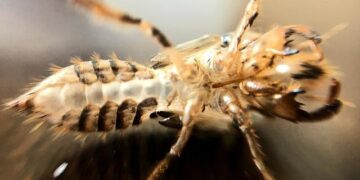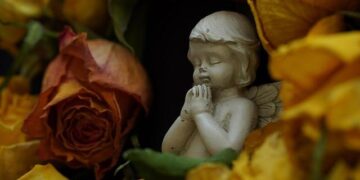The Intersection of Art and Science in Nature’s Structure
Understanding the Symmetry in Trees
Throughout history, both art and science have explored the intricate designs found within nature, particularly in the architectural marvels of tree branches. This delicate interplay between aesthetics and scientific principles showcases how organic forms adhere to underlying mathematical concepts.
The Golden Ratio: Nature’s Guiding Principle
One prominent example of this connection is the golden ratio, a mathematical ratio often observed in nature. This principle can be traced across various natural structures, including tree limbs. Studies reveal that many species display branching patterns that reflect this ratio, creating visually pleasing forms that are efficient for resource distribution.
Modern Research on Tree Architecture
Recent studies utilizing advanced imaging techniques have allowed scientists to more accurately study tree growth patterns. For instance, researchers from universities worldwide have analyzed thousands of trees to understand their branching structures better. Their findings indicate a consistent use of fractal geometry, a concept where shapes are self-similar across different scales—an idea first proposed by mathematician Benoît Mandelbrot.
Artistic Interpretation: Capturing Nature’s Beauty
Artists also draw inspiration from these naturally occurring patterns. Contemporary painters and sculptors embed elements reflecting these natural geometries into their work as they seek to echo nature’s harmony and complexity on canvas or through three-dimensional forms.
Examples of Artistic Representation
Take for instance renowned artist Andy Goldsworthy who utilizes materials sourced straight from his environment to mirror natural designs. His ephemeral installations highlight how art can not only reflect but enhance our appreciation for such inherent beauty found in ecosystems around us.
Bridging Disciplines: A Collaborative Future
The ongoing dialogue between artists and scientists encourages interdisciplinary collaboration aimed at fostering greater understanding about environmental preservation through aesthetic appreciation. Initiatives promoting eco-art stress the importance of recognizing these intrinsic connections as vital for sustainable practice moving forward.
Conclusion: Embracing Nature’s Dual Legacy
both artistic visionaries and scientific minds unveil layers within our appreciation for tree structures—progressively unveiling styles rooted deeply within symmetrical proportions and organic efficiency that’s apparent in their formation processes; an enduring reminder that artifice is embedded deeply amid all facets interwoven with nature’s elegance.































